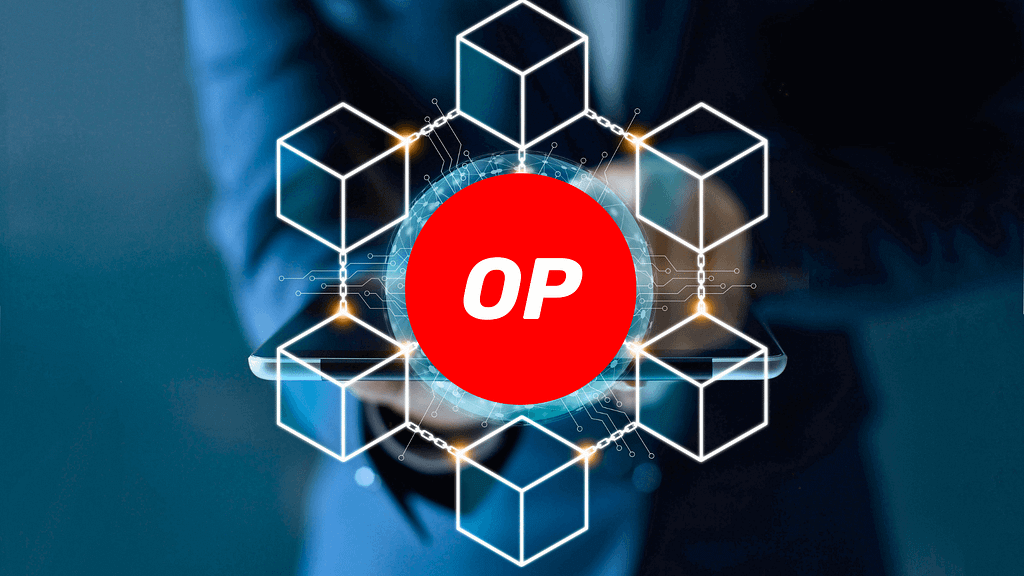Introduction to Optimism and Layer 2 Solutions
The Ethereum Challenge
Ethereum, since its inception, has been at the forefront of blockchain innovation, particularly with its implementation of smart contracts. However, its success has not come without challenges. The primary issues Ethereum faces are scalability and high transaction fees. Scalability refers to the network’s ability to handle a large number of transactions. As Ethereum became more popular, the number of transactions increased, leading to network congestion. This congestion, in turn, resulted in higher gas fees — the cost required to perform transactions on the Ethereum blockchain. These issues pose significant hurdles for users and developers alike, impacting Ethereum’s usability and accessibility.
Layer 2 Solutions: A Necessity for Blockchain Evolution
To address these challenges, the concept of Layer 2 solutions was introduced. Layer 2 is a collective term for solutions designed to help scale applications by handling transactions off the Ethereum Mainnet (Layer 1) while taking advantage of the robust decentralized security model of the main chain. These solutions are crucial as they offer a path to scalability without compromising the security and decentralization that make Ethereum valuable.
Introducing Optimism: Ethereum’s Layer 2 Protagonist
Optimism is a standout Layer 2 scaling solution, offering a significant improvement in transaction throughput and reduction in fees. It leverages a technology known as Optimistic Rollups. This technology allows for the execution of smart contracts and transactions off the main Ethereum chain, with only a fraction of the data being submitted to the main chain. By doing so, Optimism helps to alleviate the congestion on Ethereum, leading to faster transactions and lower costs.
Optimism vs. Other Layer 2 Solutions
While there are several Layer 2 solutions, such as Arbitrum and zkSync, Optimism distinguishes itself in various ways. One of its primary advantages is its ease of use and integration. Since Optimism is EVM-compatible (Ethereum Virtual Machine), it allows developers to deploy existing smart contracts with minimal changes. This compatibility reduces the barrier to entry for developers who wish to migrate their applications from Ethereum to Optimism. Additionally, Optimism’s unique approach to transaction processing and finality provides a balance between speed and security, making it a favorable option for many Ethereum-based projects.
Optimism’s Unique Features
Optimism’s architecture is designed to deliver several key benefits:
Scalability: By processing transactions off-chain, Optimism effectively increases Ethereum’s capacity for transaction throughput.
Cost-Efficiency: Transactions on Optimism are cheaper compared to the Ethereum mainnet, significantly lowering the barriers for users and developers.
Developer Friendly: With EVM compatibility, developers can easily port their existing Ethereum applications to Optimism.
Security: Despite being a Layer 2 solution, Optimism leverages the underlying security of the Ethereum main net.
Technical Deep Dive into Optimism’s Functionality
Understanding Optimistic Rollups
At the heart of Optimism’s architecture are Optimistic Rollups – a term that has become synonymous with efficiency in the blockchain world. This technology is designed to address the inherent limitations of Ethereum’s main chain by processing transactions off-chain. In simple terms, Optimistic Rollups handle transactions outside the Ethereum network and then report the aggregated results back to the main chain. This method not only speeds up transaction processing but also significantly reduces the costs associated with on-chain activities.
Transaction Execution on Optimism
The process of transaction execution in Optimism is distinct yet seamlessly integrated with the Ethereum mainnet. When a user performs a transaction on Optimism, it is initially executed on this Layer 2 platform. The key difference here is that instead of each transaction being individually verified and processed on the Ethereum blockchain, Optimism processes these transactions off-chain. Periodically, the state of these transactions is rolled up and submitted to the Ethereum mainnet as a single batch. This reduces the overall load on the main chain, allowing for more efficient use of its resources.
Feature Highlights: Speed and Cost Reductions
One of the most lauded features of Optimism is its ability to offer faster transaction processing times compared to the Ethereum mainnet. This speed is primarily due to the off-chain execution of transactions, which bypasses the congestion typically seen on the main chain. In terms of cost, Optimism significantly lowers the gas fees – a relief to users who have been burdened by the high costs associated with Ethereum’s popularity and network activity.
Recent Technical Updates and Upgrades
Optimism has been proactive in evolving its technology to better serve its users. A significant recent update is the implementation of the Bedrock upgrade. This update was a major step forward, aimed at reducing deposit times and further lowering transaction fees. Additionally, it enhanced the network’s security profile. As a result of this upgrade, Optimism saw a surge in daily transactions, demonstrating the tangible impact of these improvements on the user experience.
Optimism’s Approach to Security
Security in blockchain is paramount, and Optimism approaches it with a dual strategy. While it benefits from the robust security of the Ethereum mainnet, Optimism also incorporates its own security measures for transactions processed on its layer. This includes mechanisms to detect and prevent fraudulent activities on the Layer 2 platform. The combined security model ensures that users enjoy the benefits of faster and cheaper transactions without compromising on the safety of their assets.
Use Cases, Adoption, and Future Potential of Optimism
Expanding Horizons: Diverse Use Cases of Optimism
Optimism’s scalability and cost efficiency have made it a sought-after platform across various sectors within the Ethereum ecosystem. One of the most prominent areas of application is in Decentralized Finance (DeFi). DeFi applications, which often grapple with high transaction fees and network congestion, find a robust solution in Optimism. The platform’s ability to process transactions quickly and cheaply enhances the user experience in trading, lending, and other DeFi services.
In the realm of gaming and Non-Fungible Tokens (NFTs), Optimism is playing a crucial role. Blockchain-based games and NFT marketplaces have faced scalability challenges, particularly during high-demand periods. Optimism’s Layer 2 solution enables smoother gameplay and more efficient trading of digital assets, making it a popular choice for developers in these areas.
Enterprise adoption is another significant area for Optimism. Businesses looking to leverage blockchain technology are often deterred by the high costs and complexity associated with Ethereum. Optimism’s compatibility with Ethereum’s infrastructure and its enhanced scalability features make it an attractive option for businesses. This compatibility allows for seamless integration of blockchain technology into existing business processes, driving efficiency and innovation.
Case Studies: Demonstrating Optimism’s Impact
Real-world applications of Optimism provide insight into its effectiveness. For instance, a DeFi platform might use Optimism to reduce transaction fees for its users, resulting in increased transaction volumes and user satisfaction. Similarly, a blockchain-based game leveraging Optimism’s technology can offer a more responsive and cost-effective gaming experience, attracting a broader user base.
Market Position and Community Growth
Optimism’s adoption is not just limited to technical applications; its community and market presence are equally noteworthy. The platform has forged partnerships with key players in the blockchain space, contributing to its growth and stability. The developer community around Optimism is vibrant and active, continually exploring new ways to leverage the platform’s capabilities. This community-driven approach has been instrumental in Optimism’s adoption and will likely play a crucial role in its future development.
Future Prospects and Roadmap
Looking ahead, Optimism’s roadmap indicates a commitment to continuous improvement and innovation. Plans for further technical enhancements, such as upgrades to scalability and security features, are expected. Optimism’s focus on maintaining a user-friendly and developer-friendly environment suggests ongoing efforts to streamline the platform and enhance its capabilities.
The potential for new features and integrations also points to Optimism’s adaptability in the fast-evolving blockchain landscape. As Ethereum continues to grow and face new challenges, Optimism’s role as a Layer 2 solution will be critical. It stands poised to not only address current scalability and cost issues but also to evolve with the changing demands of the blockchain ecosystem.
Conclusion: Optimism – A Catalyst for Ethereum’s Evolution
The exploration of Optimism as an Ethereum Layer 2 scaling solution reveals its critical role in addressing some of the most pressing challenges faced by the Ethereum network. This article has delved into various facets of Optimism, offering insights into its functionality, use cases, and potential future developments.
From the first section, we understand that Optimism emerges as a beacon of hope for Ethereum’s scalability and high transaction fee issues. It stands out among Layer 2 solutions with its unique approach to transaction processing, EVM compatibility, and balance between speed and security.
The second section offered a deep dive into the technical workings of Optimism. The implementation of Optimistic Rollups signifies a major stride in enhancing transaction speeds and reducing costs. The Bedrock upgrade underscores Optimism’s commitment to continuous improvement, focusing on user experience and network performance.
In the third section, we explored Optimism’s practical applications and its burgeoning potential. Its impact on DeFi, gaming, NFTs, and enterprise adoption illustrates its versatility and effectiveness. The growing community and strategic partnerships highlight Optimism’s market position as a Layer 2 solution poised for future growth and development.
Final Thoughts and Recommendations
Optimism represents a significant advancement in the quest for a more scalable, efficient, and user-friendly Ethereum ecosystem. Its ability to process transactions swiftly and cost-effectively, without sacrificing security, makes it an attractive platform for a wide range of applications.
For developers and businesses, Optimism offers an opportunity to build and deploy decentralized applications with greater efficiency and lower costs. Users benefit from faster transactions and reduced fees, enhancing the overall experience in the Ethereum ecosystem.
As the blockchain landscape continues to evolve, Optimism is well-positioned to adapt to new challenges and demands. Its commitment to innovation and community-driven development bodes well for its future, suggesting that it will remain at the forefront of Layer 2 solutions.

